Casio GW-M5610LY-1 Manual
| Mærke: | Casio |
| Kategori: | Ur |
| Model: | GW-M5610LY-1 |
| Bredde: | 43.2 mm |
| Dybde: | 12.7 mm |
| Højde: | 46.7 mm |
| Vægt: | 52 g |
| Vandfast: | Ja |
| Urkassens materiale: | Resin |
| Kalender: | Ja |
| Stopur: | Ja |
| Timer: | 1h |
| Indikator for batteriniveau: | Ja |
| Urtype: | Armbåndsur |
| Slagfast: | Ja |
| Urets glastype: | Mineral |
| Alarmfunktion: | Ja |
| Snooze funktion: | Ja |
| Mekanismetype: | Tough solar |
| Se opkaldstype: | LCD-skive |
| Vandbestandigt tryk: | 20 ATM |
| Vandbestandig dybde: | 200 m |
| Husets farve: | Black,Green |
| Båndets hovedfarve: | Sort |
| Etui form: | Rektangulær |
| Hovedfarve på urskive: | Sort |
| Kalendertype: | Dag |
| Nedtællingsur: | Ja |
Har du brug for hjælp?
Hvis du har brug for hjælp til Casio GW-M5610LY-1 stil et spørgsmål nedenfor, og andre brugere vil svare dig
Ur Casio Manualer

23 Oktober 2025
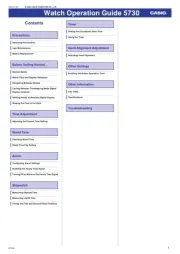
14 September 2025

5 September 2025
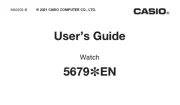
4 September 2025
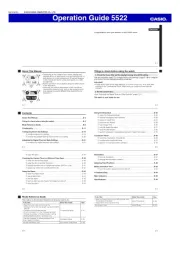
28 Juli 2025
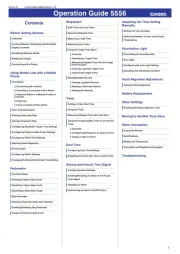
27 Juli 2025

27 Juli 2025
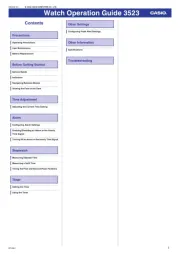
27 Juli 2025
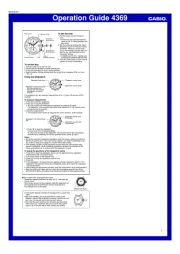
27 Juli 2025

27 Juli 2025
Ur Manualer
- Tommy Hilfiger
- Krontaler
- Bering
- Mitsubishi
- Epson
- Pulsar
- Nike
- Radley London
- Lotus
- Klaus Kobec
- Orient
- Nokia
- Movado
- Marc Jacobs
- Clas Ohlson
Nyeste Ur Manualer

11 December 2025

3 December 2025

7 November 2025
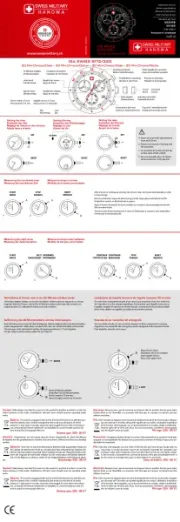
31 Oktober 2025

31 Oktober 2025
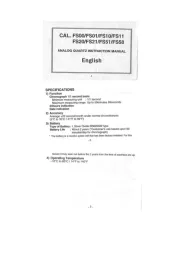
29 Oktober 2025

29 Oktober 2025
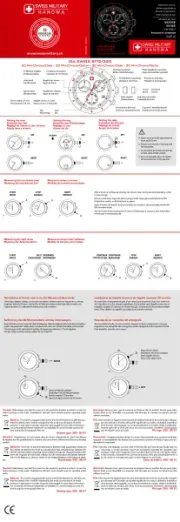
26 Oktober 2025
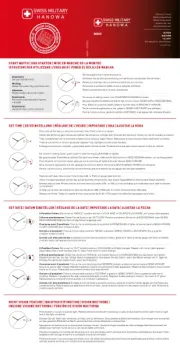
26 Oktober 2025
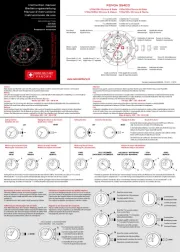
26 Oktober 2025
